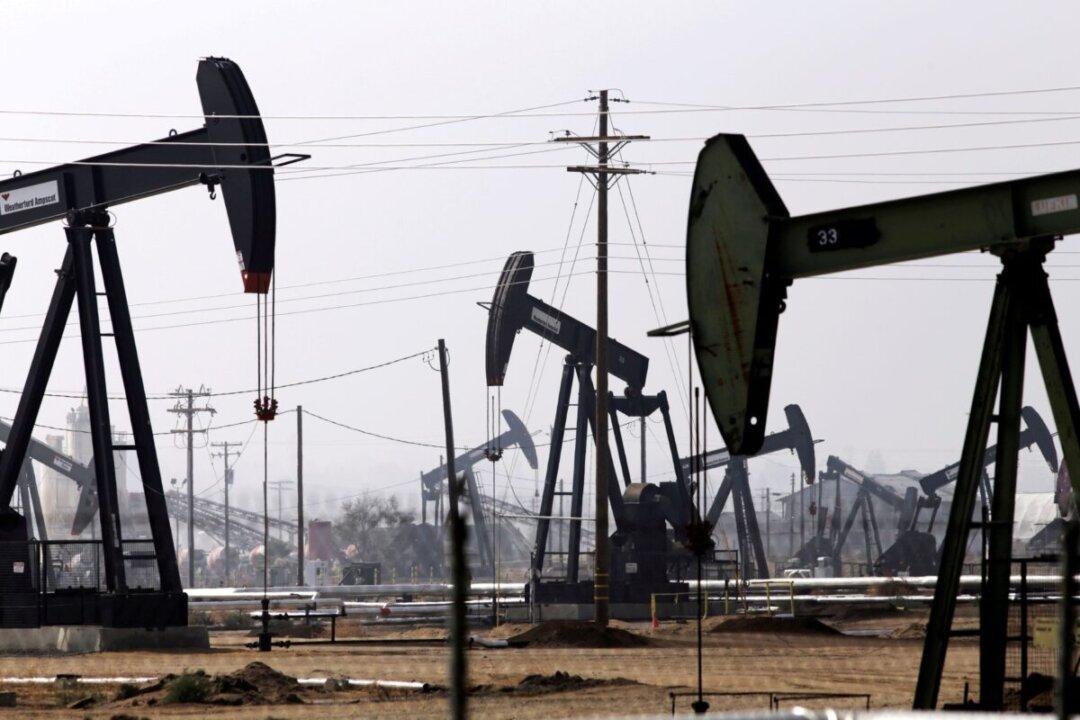The Canadian oil and gas sector will likely see investors continue to head south to the United States due to Canada’s higher taxes, more restrictive regulatory regime, and lack of pipeline capacity, a new study suggests.
“Financial capital is mobile, so policy-makers in Canada must understand that government policies have helped facilitate the flight of oil and gas investment from Canada to the U.S.,” study co-author Steven Globerman, a professor emeritus at Western Washington University and a Fraser Institute resident scholar, said in a press release.





